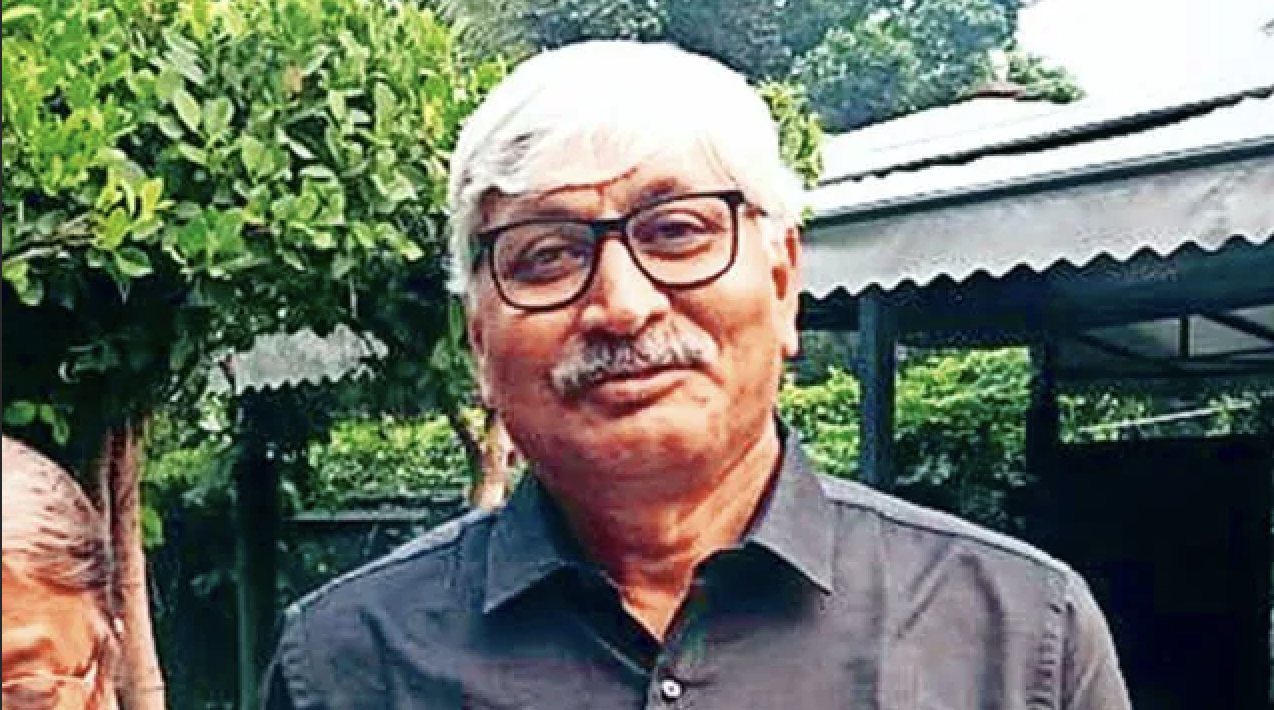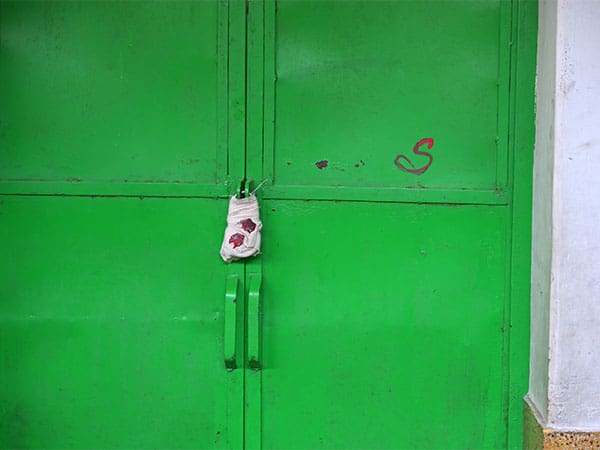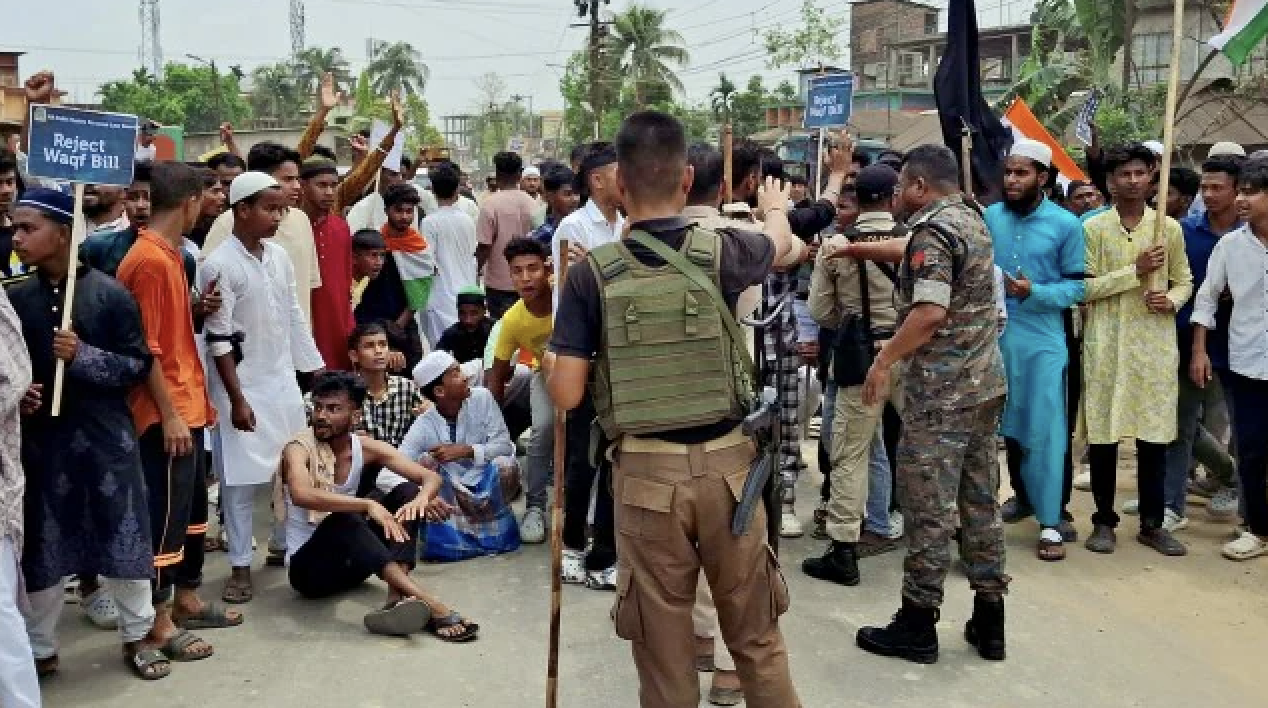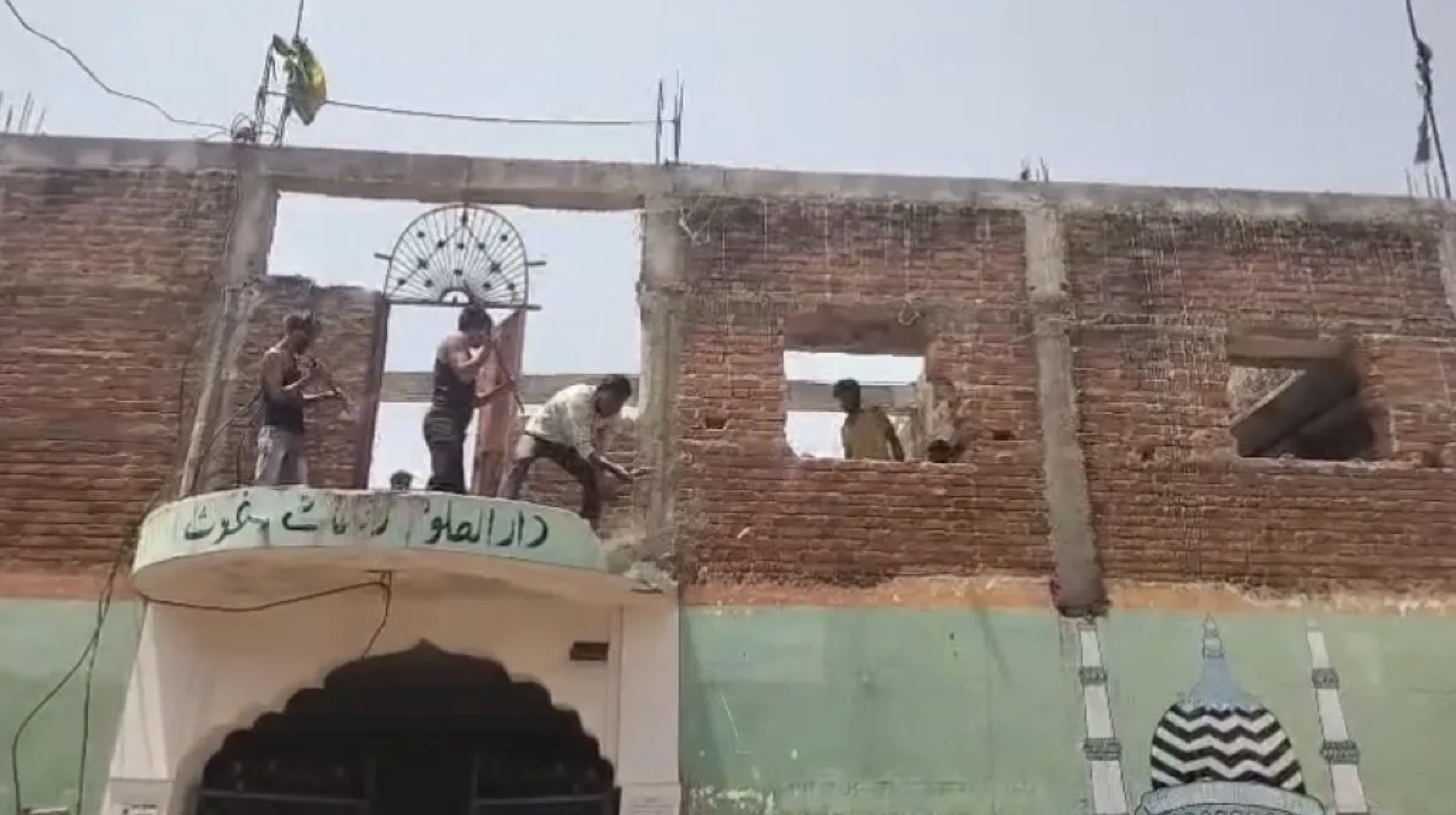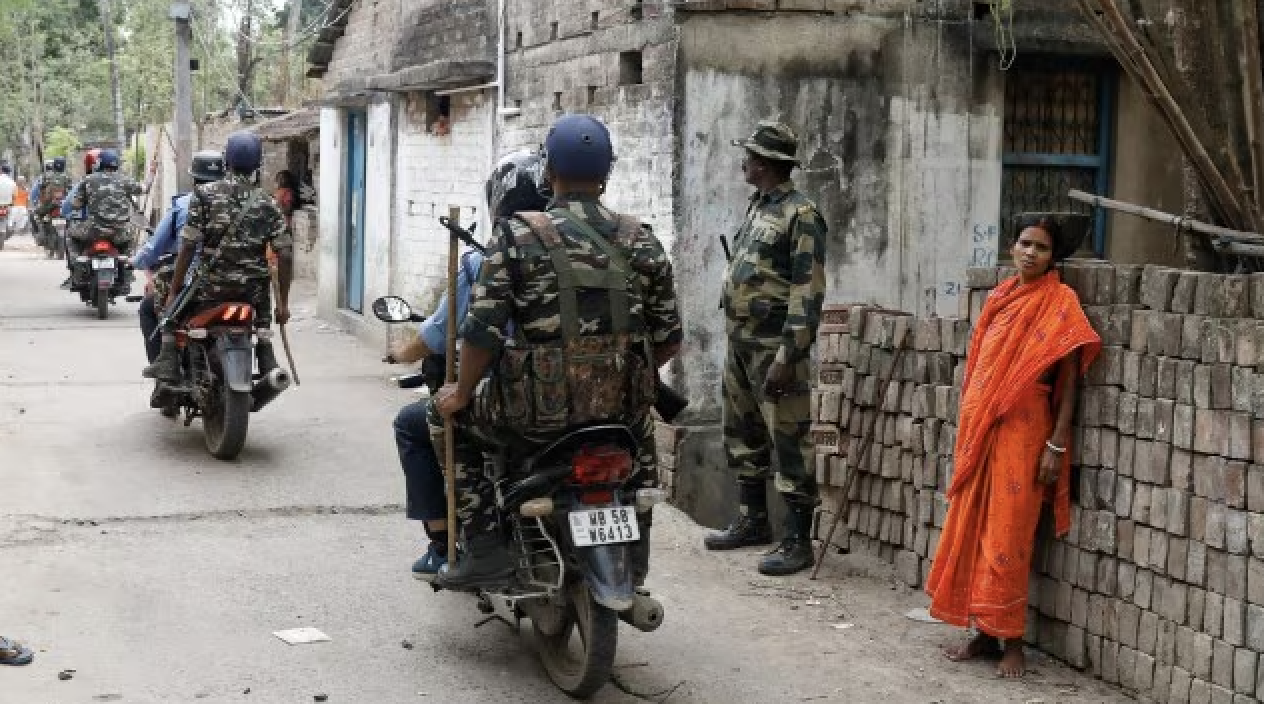
Bengal Murshidabad Violence News: Rumours on WhatsApp groups, fake social media accounts and mass mobilisation came together to form the perfect storm in West Bengal’s Murshidabad, which was rocked by communal violence last week in the wake of the new Waqf law.
Following the violence, which claimed three lives , police have blocked 1,093 social media accounts and arrested 221 people.
Senior officials from the state police and the district administration, as well as residents The Indian Express spoke to, said that several outfits had called rallies to protest against the new law. The first sign of trouble was on April 8, when protesters clashed with police in Umarpur on National Highway 12 and torched two police jeeps.
“When the first incident of violence was recorded, police used tear gas and baton charge to control the situation,” an officer said.
But April 11 was different. That day, NH-12 became a war zone of sorts, with mobs burning buses, private vehicles, police jeeps and kiosks in Sajurmore and Dakbunglow areas. Simultaneously, communal violence spiralled in villages such as Shamshergunj, Dhulian and Suti. While father and son Harogobindo Mondol and Chandan Mondol were hacked to death in Jafrabad after being dragged out of their home by a mob, in Surjarmore, three youths sustained bullet injuries when police fired to control the situation. One of the youths, Ejaz Ahmed, succumbed a day later.
According to district officials and police personnel, in the run-up to the violence, social media and WhatsApp groups had been abuzz with misinformation and provocative messages.
“Messages meant to provoke — like land, religious places and even burial grounds would be taken away — were circulated. An impression was given that people’s right to worship will be hampered,” said a senior police officer. “Simultaneously, several fake social media accounts cropped up to amplify this misinformation.”
This story was originally published in indianexpress.com. Read the full story here.


